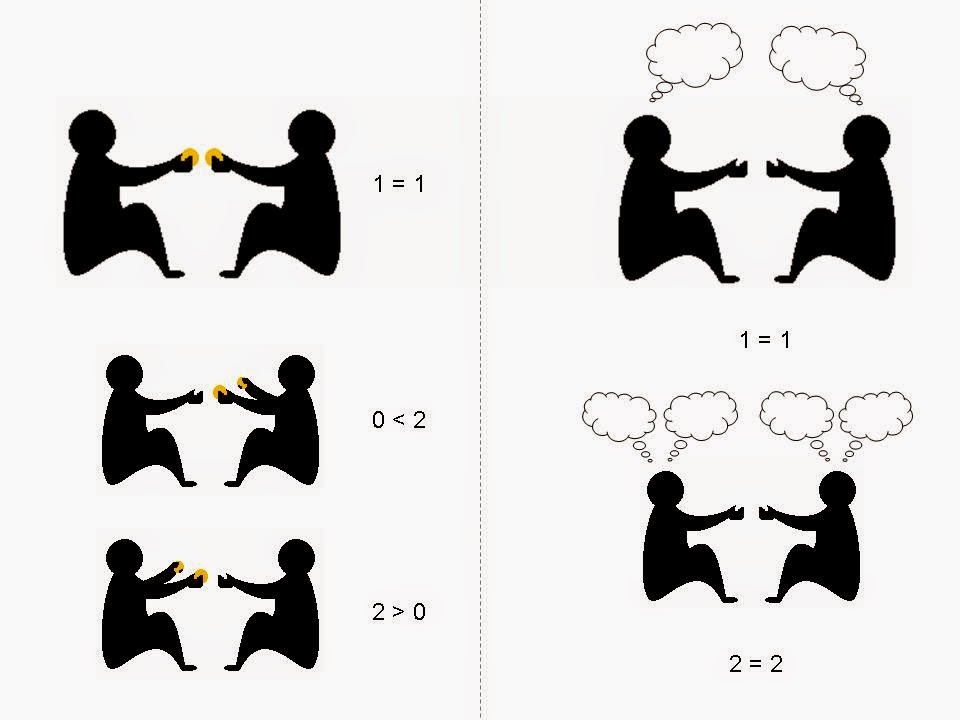Let's look at the following picture in order to 'understand'... besides and beyond knowing what the media wanted, and still wants, us to know... where the ball had hit Phil to be precise.
What you see?
Had the ball struck the batsman on back of the head or right on the vulnerable area of the neck just above the left collarbone?
Cricket is no rocket science thus, if commonsense is applied, it shouldn't be tough to comprehend that no helmet in the world can protect any cricketer from getting hurt or even dying of VAD - Vertebral Artery Dissection - the actual medical cause of Phillip's death.
The following picture explains what is what pretty lucidly.
Given this, it's imperative to evaluate 'the merit of protection' of a 'StemGuard' helmet from cricketing point of view but sales.
Below are an array of pictures of the 'StemGuard' and its different applications in hypothetical situations... which are bound to take place though on a cricket field in real-life.
Is it anyway giving an impression that the latest 'StemGuard' helmets were designed to provide with extra protections?
Plus, it's needed to be seen whether and how far this series of helmets allows a batsman to play horizontal shots, especially a hook (and a square-cut), freely, while the bottom shoulder tends to come closer to the neck and the head rotates.
Good efforts notwithstanding on part of Masuri, the 'StemGuard' doesn't look innovative, adequate, and reliable enough when it is the question of a cricketer's protection and safety.
Without qualms, it's a problem, and since it is, hence a re-look into, not at, the design of cricket helmets is the need of the hour.
Therefore, I suggest a design for a new range of cricket helmets -- Shield + -- from our cricket clinic -- SHOTS & DOTS -- to provide extra protections, rather practically, to cricketers, precisely to batsmen and close-in fielders.
Just a look at the pictures coming next will make things clear why 'Shield +' is better than 'StemGuard' in terms of design and protection.
In addition, if Masuri is to quote: "Nine current England players choose to wear Masuri Vision Series helmets – none are paid to do so."
It's okay not to pay cricketers for wearing helmets, but it's not okay, if unpaid cricketers are forced to remain unprotective as well at the crease against a hard and intimidating cricket ball, given the layers of cork inside, on which, no experiment is done whatsoever to make cricket balls less lethal but more loving... to benefit the sport.
Not to mention, if England's Buttler were hit a bit down on the neck, instead of just behind the left ear, by Sri Lanka's Malinga's bouncer during the England versus Sri Lanka match in the ICC Cricket World Cup 2015, the English wicket-keeper might do a Phillip Hughes too on and off the field.
Thankfully, no such incident happened and the game moved on, so did we. Whereas, Masuri's 'Vision' Series helmet didn't seem to have offered the batsman the protection he should have got at the highest level of cricket. In fact, the 'StemGuard' series doesn't seem to do any better either.
There is nothing against Masuri or against any other helmet manufacturer, but the point is, "On what basis, ICC and all national cricket boards allow cricketers to select their helmets? If there is any global standard for that, does the standard itself have any standard?"
Finally, we must not take cricketers' protection and safety lightly because it's only cricketers who play the sport and save cricket, worldwide, unlike administrators, corporate sponsors, or TV channels do.




























































.jpg)
.jpg)


